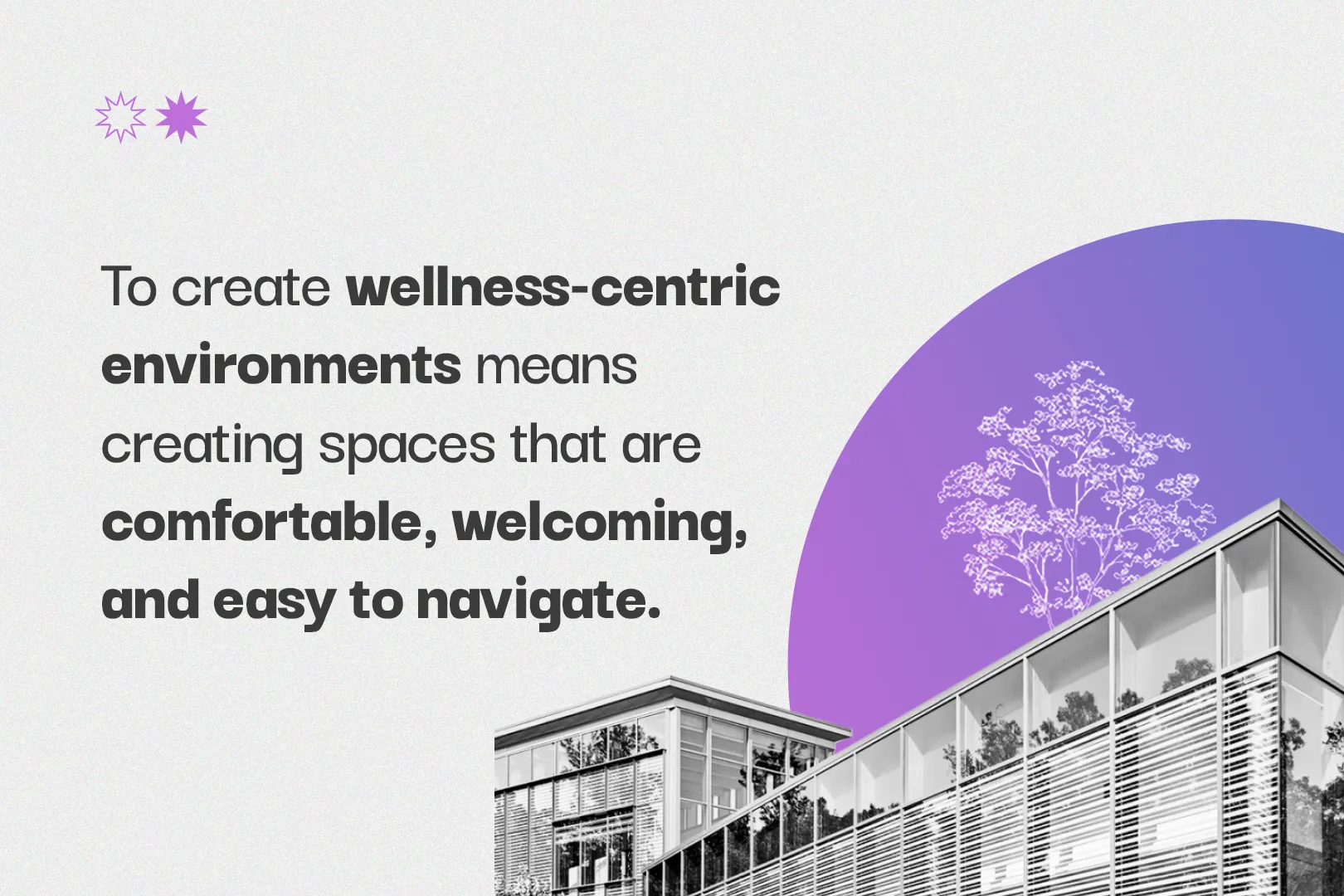BetterSessions #11: Healthcare Workshop
SHARE POST
BetterSessions is our monthly webinar series where industry experts share their insights and experiences with architects and other professionals looking to level up their skills.
In the latest installment of BetterSessions, Daniel, a healthcare project manager, shared his insights on developing healthcare projects that focus on patient happiness. In this blog post, we’ll explore the key takeaways from his talk and how architects and other professionals can implement these strategies in their own projects.
Let’s dive right in!
What is Healthcare?
Before we get into the strategies for developing happy healthcare projects, it’s important to define what we mean by “healthcare.” Healthcare is an industry that provides medical and preventative care services to individuals and communities. These services can range from simple check-ups and vaccinations to complex surgeries and treatments.
The healthcare industry is one of the most complex and demanding fields in architecture. Healthcare buildings must meet strict regulatory standards, provide a safe and comfortable environment for patients, and support the complex workflows of medical professionals.
Additionally, healthcare buildings must be designed to accommodate rapidly changing technologies, clinical practices, and patient needs. As a result, healthcare architects must possess specialized knowledge and experience to design healthcare buildings that meet the unique challenges of the healthcare industry. Patient-centered design, sustainability, and flexibility are just a few of the key principles guiding modern healthcare architecture.
Developing a Healthcare Project Focusing on Patient Happiness
According to Daniel, creating happy healthcare projects requires a shift in mindset. Instead of thinking of patients as passive recipients of care, we need to see them as active participants in their own health. By doing so, we can create a more personalized and engaging experience that promotes better health outcomes and patient satisfaction.
The core of the matter? Humanizing healthcare projects, and turning these spaces into places where patients can feel happy, safe, and cared for, contrasted against the cold, impersonal hospital and clinics of the past.

Strategies for Creating Happy Healthcare Projects
Daniel offered some strategies for making healthcare projects more human-centric.
All of these come together to create what he calls wellness-centric environments.
One of the key strategies for creating happy healthcare projects is to listen to patient feedback. This means soliciting feedback from patients, families, and other stakeholders throughout the project’s lifecycle. By doing so, you can identify areas for improvement and make real-time changes.
But most of all, creating spaces that are comfortable, welcoming, and easy to navigate. It also means considering the needs of different patient groups, such as children, the elderly, and individuals with disabilities is key.
Implementation: Simon Bolivar Hospital – Bogota
To illustrate these strategies in action, Daniel shared in this healthcare workshop his experience working on the Simon Bolivar Hospital project in Bogota. This project focused on creating a modern, patient-centered hospital that emphasizes preventative care and increased satisfaction rates. The project involved extensive patient research, collaboration with healthcare professionals, and a focus on sustainable design.
But of course, this wasn’t always the case. If it weren’t for the new interventions, Simón Bolivar would’ve remained stuck in the past, and patient outcomes would’ve worsened considerably as a result. Thus, he made a strong case for how human-centered design sensibilities in architecture are not just part of a trend, but a move towards increased societal responsibility.
Conclusion
In conclusion, creating happy healthcare projects is all about putting the patient first and treating them as a person. By listening to patient feedback, designing with their actual needs in mind, and focusing on preventative and societal care, healthcare professionals and architects can create safer, health-promoting spaces.
We hope that the insights from this healthcare workshop talk will inspire architects and other professionals to take a more human-centric approach to their own healthcare projects!
